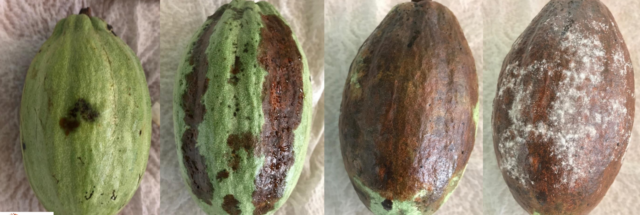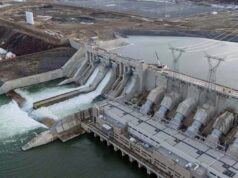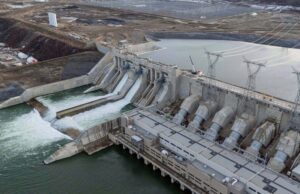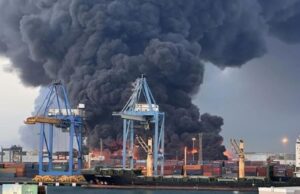
(3 minutes read)
Cocoa shipments from Côte d’Ivoire (Ivory Coast) are expected to fall by 28.5% year-on-year in the first quarter of the 2023-24 season. The fall is attributed to erratic weather conditions, say cocoa growers, and corroborated by exporters and pod counters
Cocoa shipments from Côte d’Ivoire (Ivory Coast) are expected to fall by 28.5% year-on-year in the first quarter of the 2023-24 season. The fall is attributed to erratic weather conditions, say cocoa growers, and corroborated by exporters and pod counters. Ivory Coast is the world’s leading producer of the key chocolate ingredient. The harvest season of cocoa is between October and March.
A variety of reasons are attributed to the fall in shipments. They include a slowdown in bean arrivals, and lower production attributable to late and heavy rains. Cocoa crops require regular rainfall interspersed with periods of sunshine. However, the cocoa belt which includes Côte d’Ivoire, Ghana, Nigeria, and Cameroon, the main cocoa producers, is experiencing poor growing conditions. These countries account for over 70% of the world’s cocoa production.
Read Also:
https://trendsnafrica.com/windfall-for-cocoa-farmers-in-ghana-government-increases-prices-by-64/
https://trendsnafrica.com/oxfam-report-on-cocoa-farmers-in-ghana-depicts-skewed-income-patterns/
https://trendsnafrica.com/ivory-coast-to-face-shortage-of-cocoa-beans-to-affect-chocolate-industry/
Vagaries of nature can impact cocoa production. Heavy rains can cause fungal disease in plants when the flower turns into pods. For the 2022-23 season, production was around 1.259 million tonnes from October to December. The El Niño weather phenomenon will continue to affect production in the 2023-24 season, which can considerably erode farmers’ income.











